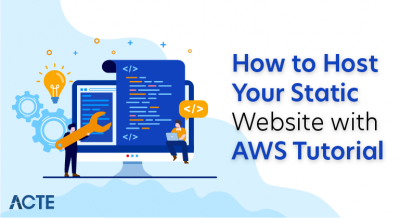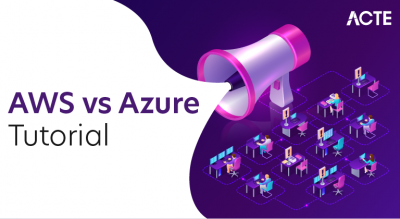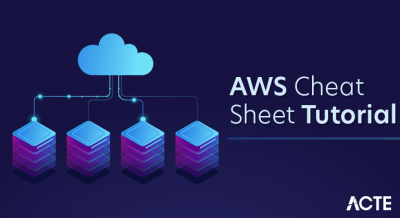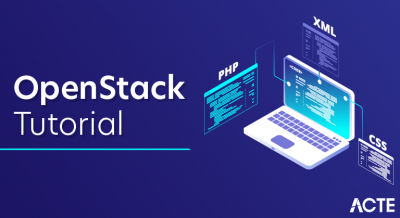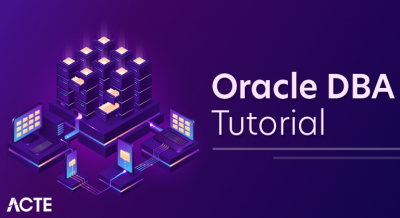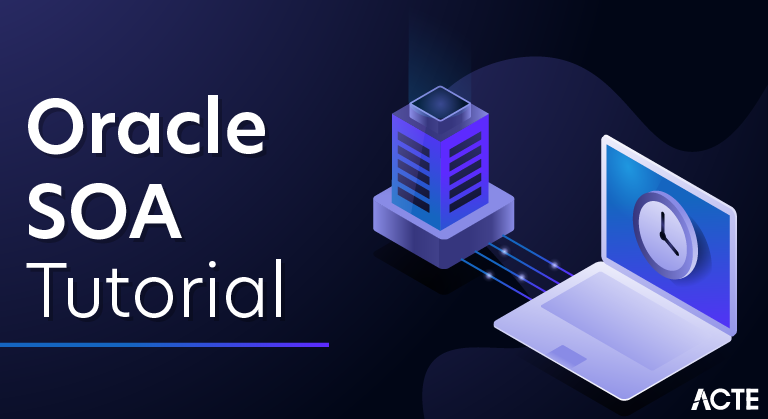
The pace of new business projects continues to grow—from increasing customer self-service to seamlessly connecting all your back office and in-the-field applications. At the same time, there is an urgency to mobile-enable existing applications, integrate with the cloud, and begin development on the latest trend of connecting Internet of Things (IoT) devices to your existing infrastructure. When companies address each of these new integration challenges independently, using a patchwork of niche specialty integration toolsets, the original goals of faster business integration, increased application infrastructure flexibility, and reduced costs are no longer achievable.
This is why Oracle SOA Suite 12c was developed: to simplify IT by unifying the disparate requirements of mobile, cloud, and IoT integration into one unified and standards-based platform.
Oracle SOA Suite 12c enables you to:
- Reduce time to market for new project integration
- Reduce integration cost and complexity
- Efficiently manage business and technology change
- Provide end-to-end solution monitoring with root cause analysis
- Gain increased visibility to quickly react to business events
- Ensure high availability and scalability for your business infrastructure
Oracle
Oracle is a relational database management system. It is widely used in enterprise applications.
Our Oracle tutorial includes all topics of Oracle database such as insert record, update record, delete record, select record, create table, drop table etc. There are also given Oracle interview questions to help you better understand the Oracle database.
What is Oracle?
Oracle database is a relational database management system. It is known as Oracle database, OracleDB or simply Oracle. It is produced and marketed by Oracle Corporation.
Oracle database is the first database designed for enterprise grid computing. The enterprise grid computing provides the most flexible and cost effective way to manage information and applications.
Different editions of Oracle databaseFollowing are the four editions of the Oracle database.
- Enterprise Edition:
It is the most robust and secure edition. It offers all features, including superior performance and security.
- Standard Edition:
It provides the base functionality for users that do not require Enterprise Edition’s robust package.
- Express Edition (XE):
It is the lightweight, free and limited Windows and Linux edition.
- Oracle Lite:
It is designed for mobile devices.
The Oracle CorporationOracle Corporation is the largest software company in the field of database business. Its relational database was the first to support SQL which has since become the industry standard.
Oracle database is one of the most trusted and widely used relational database engines. The biggest rival of Oracle database is Microsoft’s SQL Server.
The Key Features and Benefits of Oracle SOA Suite for Integration and Workflow Automation
Oracle Service-Oriented Architecture (SOA) Suite has several helpful features for automating processes and integrating applications.
Service-Oriented Architecture (SOA):
Oracle SOA Suite is based on a solid SOA foundation and provides the means for businesses to design, implement, and maintain services that facilitate the coordinated operation of disparate software components.
Integration Capabilities:
The suite offers a wide variety of adapters and connectors for integrating with other platforms, such as databases, applications, online services, and cloud-based services.
BPEL Process Orchestration:
BPEL (Business Process Execution Language) engine helps businesses to create and coordinate complex processes, which in turn makes workflow automation and optimization possible.
Business Rules Engine:
Oracle SOA Suite includes a powerful business rules engine that enables organizations to define and manage business rules and policies separately from the underlying application logic, enhancing agility and flexibility.
Event-Driven Architecture:
The suite is compatible with event-driven architectures, so organizations may utilize messages and events in real time to start and simplify typical processes.
Service Mediation and Transformation:
Oracle SOA Suite allows message transformation, routing, and protocol mediation to integrate systems with disparate data formats and protocols.
API Management:
The suite’s API management features let businesses create, share, and control their own APIs, allowing for easier API-driven integration and more opportunities for service consumption from other organizations.
Highly Available and Scalable:
Oracle SOA Suite is intended for high-volume transaction processing and offers clustering and failover capabilities, assuring scalability and high availability for mission-critical integration scenarios.
- One of the key aspects of data security is message-level encryption, where sensitive data is encrypted to maintain its confidentiality during transmission. This encryption mechanism ensures that even if intercepted, the data remains unintelligible to unauthorized parties.
- Oracle SOA Suite integrates with Oracle Identity and Access Management solutions, enabling organizations to enforce access controls, authentication, and authorization policies. These measures ensure that only authorized users and systems can access and manipulate data during integration.
- Secure connectivity is another crucial component of data security in Oracle SOA Suite. The suite supports industry-standard secure communication protocols such as HTTPS, SSL/TLS, and SSH. These protocols establish encrypted channels between systems and endpoints, safeguarding data from interception or tampering.
- By leveraging secure connectivity, Oracle SOA Suite guarantees the integrity and confidentiality of data exchanged during integration. Furthermore, Oracle SOA Suite allows the definition and enforcement of security policies at the service level.
- Organizations can apply policies for authentication, message integrity, and confidentiality to services, ensuring that data adheres to the specified security requirements throughout the integration process.
- To mitigate security threats, Oracle SOA Suite incorporates mechanisms for threat detection and prevention. It includes features that can identify and block common security threats like SQL injection attacks, cross-site scripting (XSS), and XML bomb attacks.
- Auditing capabilities in Oracle SOA Suite enable organizations access to sensitive data should be tracked and observed. during integration. This facilitates compliance with regulatory requirements and allows for investigation in the event of security incidents or breaches.
- Secure configuration management features help enforce secure configurations for integration components, ensuring that sensitive information such as passwords, encryption keys, and other configuration data are securely stored and managed.
Oracle SOA Suite employs robust security measures to ensure the protection of data during integration processes.
Oracle SOA Suite offers robust capabilities for API-driven integration, enabling organizations to efficiently and securely integrate their systems and applications using APIs. Oracle SOA Suite’s API-driven integration features include the following:
API Design and Development:
Oracle’s SOA Suite includes resources that may be used to create APIs. Standard API standards like REST, JSON, and Swagger are supported, letting businesses develop APIs that are both well-defined and simple to use.
API Gateway:
The suite has a component called an API gateway, which handles all API calls. Controlled and efficient use of APIs is guaranteed by its built-in security, throttling, and caching features.
API Lifecycle Management:
Oracle SOA Suite offers features for managing the entire lifecycle of APIs. This includes versioning, documentation, testing, and deployment of APIs, ensuring proper governance and control over API changes.
Security and Authorization:
The suite provides comprehensive security mechanisms for API-driven integration. It supports OAuth and OpenID Connect protocols for secure authentication and authorization.
API Monitoring and Analytics:
Oracle SOA Suite includes monitoring and analytics capabilities for APIs. It allows organizations to track API usage, performance, and availability, enabling them to identify and address issues proactively.
API Virtualization:
Using the suite’s virtualization features, businesses may mimic and test APIs before they are completely created or deployed. This facilitates rapid development and testing and guarantees smooth integration.
API Mediation and Transformation:
Oracle SOA Suite facilitates API mediation and transformation. In order to guarantee compatibility across various systems and APIs, it allows businesses to carry out message transformation, protocol mediation, and data mapping.
API Orchestration:
The suite allows organizations to orchestrate APIs and backend services, enabling complex workflows and integrations. It allows for the synthesis and synchronization of numerous APIs to accomplish targeted business goals.
- Oracle SOA Suite plays a crucial role in digital transformation initiatives by providing a powerful and scalable platform for organizations to modernize their IT infrastructure and achieve their digital goals.
- One of the key aspects of Oracle SOA Suite’s role is its ability to facilitate seamless integration and connectivity between various systems, applications, and data sources.
- Oracle SOA Suite serves as a central integration hub that allows organizations to connect these disparate systems and enable smooth communication and data flow.
- It supports a wide range of integration patterns, including service-oriented architecture (SOA), APIs, message-based integration, and event-driven architectures.
- Oracle SOA Suite’s integration features allow businesses to achieve real-time data synchronization, simplify operations, and provide end-to-end visibility. This paves the way for more informed choices, increased productivity, and better service for customers.
- Oracle SOA Suite’s process automation and orchestration support is vital to digital transformation. Define workflows, rules, and policies to automate and simplify complicated business operations.
- Oracle SOA Suite’s governance assures compliance, security, and scalability. It monitors, manages, and secures APIs, services, and integrations. This helps companies regulate their digital ecology and preserve critical data.
Securing SOA
Most importantly, securing Service Oriented Architecture (SOA) is necessary to make sure that the services and applications run safely. For many reasons, including service exposures and loose coupling of components, securing SOA is essential because sometimes, exposed services becomes unprotected to attacks.
SOA AttacksThere are different types of attacks to which SOA environment may become unprotected, espcially if it was implemented using web service technology. Most of the people all around the world uses both SOA and web services which are rapidly developing areas, as a result they become more complex and open to attacks. On SAO and web services, most of the attacks takes place on the application service layer since web services communicate using XML and soap messages.
Following is a list of attacks in SOA:
- Injection Attacks:
This attack occurs when no validation on the user input is performed and no separation is done between user input and application. For example, SQL injection, XML injection etc.
- Schema Poisoning Attack:
This attack when occurs, modifies, replaces or even damages XML schemeas that provides the structure of XML documents.
- Denial Of Service Attacks (DoS):
- This attack when occurs, do not change the service or its behaviour but can block the use of the service.
The main contributions are as follows:
- Providing an integrity for SOA that provides enough conditions for securing data integrity.
- Implementing testbed for SOA and setting environment of specification based IDS.
- Proposing intrusion detection system for SOA networks that are capable of detecting intrusions affecting behaviour of services.
- Recommending SOA testbed where SOAP messages can be monitored.
- SOA allows reuse the service of an existing system alternately building the new system.
- It allows plugging in new services or upgrading existing services to place the new business requirements.
- It can enhance the performance, functionality of a service and easily makes the system upgrade.
- SOA has capability to adjust or modify the different external environments and large applications can be managed easily.
- The companies can develop applications without replacing the existing applications.
- It provides reliable applications in which you can test and debug the independent services easily as compared to large number of code.
- SOA requires high investment cost (means large investment on technology, development and human resource).
- There is greater overhead when a service interacts with another service which increases the response time and machine load while validating the input parameters.
- SOA is not suitable for GUI (graphical user interface) applications which will become more complex when the SOA requires the heavy data exchange.
Conclusion
The Oracle Scheduler is a new job management utility introduced in Oracle Database 10g. It is far superior to its predecessor, DBMS_JOB. Using the Scheduler you can schedule both PL/SQL code units (stored procedures and anonymous blocks) and operating system executables for execution. It allows you to use an almost English-like notation to specify a calendar showing the desired times of execution. All Scheduler-related activities are available as APIs in the DBMS_SCHEDULER built-in package. In addition, Enterprise Manager in Oracle Database 10g provides a graphical user interface that may be used to manage job scheduling, making scheduling extremely easy even for those using the utility for the first time. The Scheduler allows you to define a named schedule that can be called independently to execute an action, which may be a complete executable name or a named program that references the executable. Jobs may also be subject to Oracle’s resource management framework, which may be used to control the amount of resources (e.g., CPU, parallel query servers) available to individual jobs. In summary, the Scheduler is the only job management system you will need for any jobs except those that definitely need to be de-linked from the database—for example, for starting the database itself.You created an SOA composite application using the following components:
- Oracle Mediator
- Oracle BPEL Process Manager
- Human Oracle Human Workflow (using a human task)
- Oracle Business Rules
- Oracle Messaging Service

